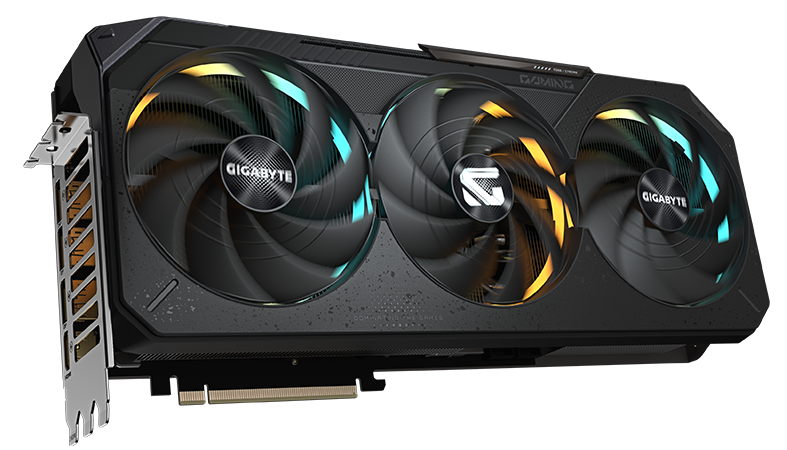What is a CPU (Central Processing Unit)
Discover what a CPU is, how it works, and why it's the brain of your computer. Complete guide covering cores, performance, types, and everything you need to know about processors.
Ever wondered what makes your computer tick? Whether you're browsing the web, gaming, or working on important projects, there's one component that's orchestrating everything behind the scenes - the CPU. Think of it as the brain of your computer, constantly making decisions and processing information at lightning speed.
If you've ever opened up a computer case, you've probably seen that large chip sitting on the motherboard. That's your CPU, and it's arguably the most important component in your entire system. Without it, your computer would be nothing more than an expensive paperweight.
In this guide, I'll walk you through everything you need to know about CPUs - from what they actually do to how they've evolved over the decades. By the end, you'll have a solid understanding of this fascinating piece of technology that powers our digital world.
Table of Contents
- What Exactly is a CPU?
- The Key Components Inside a CPU
- How Does a CPU Actually Work?
- CPU Performance and Speed Explained
- Understanding CPU Cores and Threading
- Types of CPUs and Processors
- The Evolution of CPU Technology
- Advanced CPU Features
- Choosing the Right CPU
- CPU vs GPU - What's the Difference?
- Frequently Asked Questions
- Conclusion
What Exactly is a CPU?
A Central Processing Unit (CPU) is the primary functional component of any computer system. It's essentially the active brain that transforms data input into meaningful information output through its vast networks of electronic circuitry.
Every single computer, regardless of size or purpose, contains a CPU. Whether you're reading this on a smartphone, laptop, or desktop PC, you're using a CPU right at this very moment. It's the invisible manager that runs your operating system, executes applications, and manages countless other computer operations simultaneously.
The CPU is actually an assembled collection of different computer components working together in perfect harmony. It's not just one singular piece - it's a sophisticated orchestra of electronic circuits, each playing their part in the grand performance of computing.
What makes CPUs truly remarkable is their ability to multitask, much like the human brain. They can simultaneously regulate internal computer functions, oversee power consumption, allocate computing resources, and interface with various apps and networks.
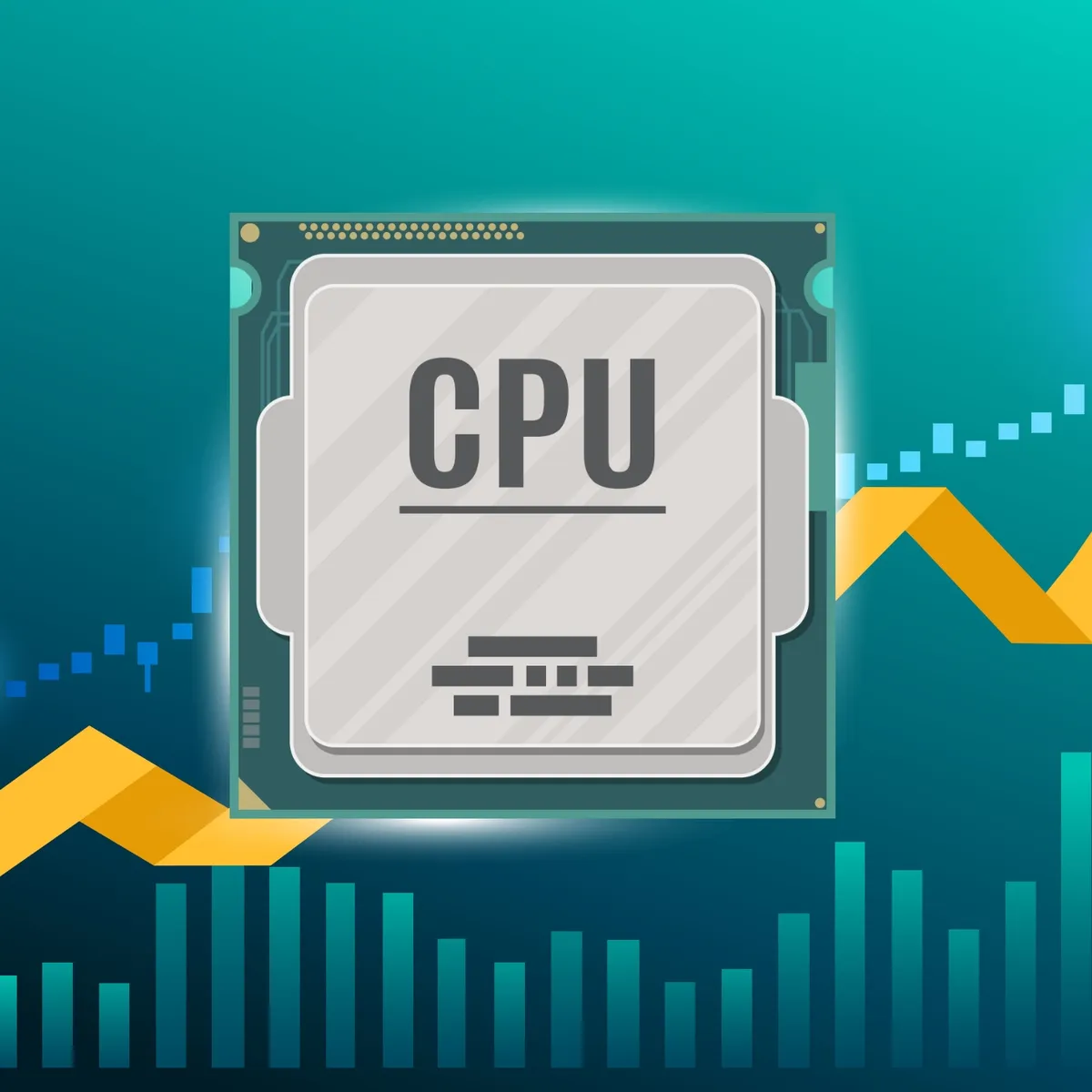
The Key Components Inside a CPU
Understanding what's inside a CPU helps demystify how these incredible processors work. Let's break down the essential components:
Control Unit
The control unit houses circuitry that guides the computer system through electrical pulses, telling it when to execute instructions. Think of it as a manager in an office - it doesn't do the individual tasks itself, but assigns work to different departments and ensures everything runs smoothly.
Arithmetic Logic Unit (ALU)
The ALU handles all mathematical operations and logical comparisons. Its math functionality covers the four basic operations: addition, subtraction, multiplication, and division. For logical operations, it performs comparisons between letters, numbers, or special characters that trigger specific computer actions.
Memory Unit
The memory unit manages the crucial flow of data between RAM and the CPU. It oversees cache memory operations and contains all the data and instructions needed for processing. It also provides important memory-protection safeguards to prevent data corruption.
Additional Essential Components
Cache Memory: Modern CPUs don't actually access RAM directly. Instead, they use multiple layers of cache memory that operate at much higher speeds. This cache sits right on the processor chip, providing lightning-fast access to frequently used data.
Registers: For immediate data needs that require instant access, CPUs use registers - a form of permanent memory built directly into the processor. This allows critical data to be accessed within milliseconds.
Clock: The CPU's internal clock issues electrical pulses at regular intervals, coordinating all the complex circuitry. The rate of these pulses determines the clock speed, measured in Hertz (Hz) or Gigahertz (GHz).
If you're interested in diving deeper into computer hardware fundamentals, I highly recommend checking out Code: The Hidden Language of Computer Hardware and Software - it's an excellent resource that explains these concepts in an accessible way.
How Does a CPU Actually Work?
CPU functionality operates according to a fundamental cycle known as the instruction cycle. This cycle repeats billions of times per second, with each iteration consisting of three basic steps:
1. Fetch
The CPU retrieves instructions and data from memory. These instructions are stored as binary code - sequences of 1s and 0s that represent specific tasks the processor needs to perform.
2. Decode
The control unit interprets these binary instructions and translates them into electrical signals that activate other parts of the CPU. It's like having a translator that converts written instructions into actionable commands.
3. Execute
The CPU carries out the decoded instructions, whether that's performing calculations, moving data, or managing system resources. After execution, the results are stored back in memory or registers.
This process happens with incredible precision and speed. Modern processors can complete billions of these cycles every second, which is why your computer can handle multiple complex tasks simultaneously without breaking a sweat.
The synchronization is managed by the CPU's internal clock, which acts like a metronome keeping everything in perfect timing. Some enthusiasts manipulate this clock speed to make their computers run faster (called overclocking), but this can cause premature wear and void warranties.
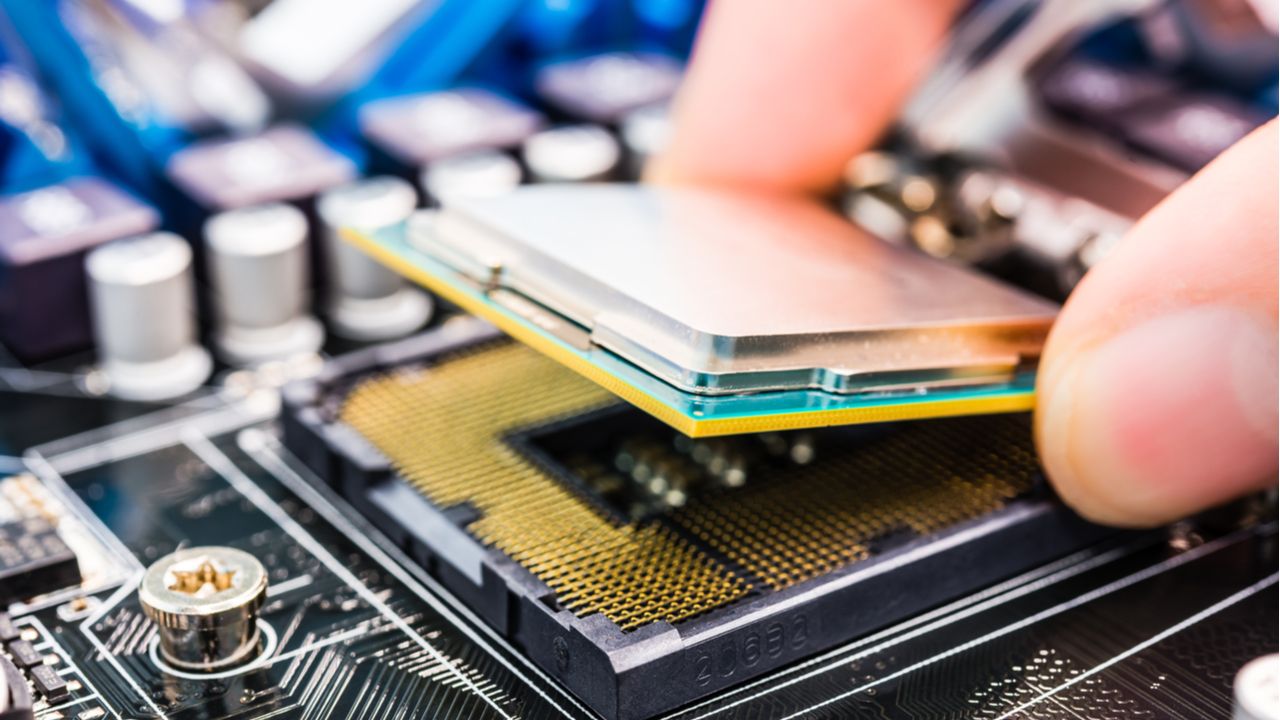
CPU Performance and Speed Explained
CPU performance is measured by how quickly it can process instructions, typically expressed as Instructions Per Second (IPS). Several factors contribute to overall CPU performance:
Clock Speed
Clock speed, measured in Gigahertz (GHz), indicates how many cycles the processor completes per second. A 3.2 GHz processor completes 3.2 billion cycles every second. Higher clock speeds generally mean faster performance, but it's not the only factor.
Architecture Efficiency
Modern CPU architectures are incredibly sophisticated. They use techniques like instruction pipelining, where multiple instructions are processed simultaneously at different stages, much like an assembly line in a factory.
Cache Size and Hierarchy
CPUs typically have three levels of cache memory:
- L1 Cache: The fastest but smallest, built directly into each core
- L2 Cache: Larger than L1 but slightly slower
- L3 Cache: The largest, shared between all cores
More cache memory means the CPU can access frequently used data faster, significantly boosting performance.
Why Performance Matters
CPU performance directly impacts your computing experience. A high-performance processor means:
- Faster application launch times
- Smoother multitasking between programs
- Better gaming experiences with higher frame rates
- Quicker rendering of videos and complex calculations
For those working from home, having a capable CPU in your setup is crucial. Check out these best laptops for studying and light work that offer excellent CPU performance for productivity tasks.
Understanding CPU Cores and Threading
The evolution from single-core to multi-core processors has been one of the most significant advances in CPU technology.
What Are CPU Cores?
A CPU core is essentially a complete processing unit within the processor. Think of it as having multiple brains working together instead of just one. Each core can handle its own instruction cycle independently.
Types of Core Configurations
Single-Core Processors: These contain just one processing unit and handle tasks sequentially, one at a time. They're largely obsolete in modern computing.
Dual-Core Processors: Feature two processing units that can work simultaneously, effectively doubling performance for multi-threaded applications.
Quad-Core Processors: Contain four cores, allowing even better multitasking and performance for demanding applications.
Multi-Core Processors: Modern high-end processors can have 8, 16, or even more cores for extreme performance scenarios.
Threading and Hyperthreading
Threads are virtual sequences of instructions sent to the CPU. Multithreading divides tasks into separate threads that run in parallel across different cores.
Hyperthreading (Intel's implementation) or Simultaneous Multithreading (AMD's version) allows each physical core to handle two threads simultaneously. This means a 4-core processor with hyperthreading can handle 8 threads, appearing as 8 virtual cores to the operating system.
Real-World Impact
More cores benefit specific scenarios:
- Gaming: Most games use 4-6 cores effectively
- Video editing: Benefits tremendously from higher core counts
- Programming: Compilation and development tools leverage multiple cores
- Streaming: Encoding while gaming requires good multi-core performance
For gamers looking to optimize their setup, understanding CPU cores is crucial when selecting components like mechanical keyboards and other peripherals that complement a powerful CPU.
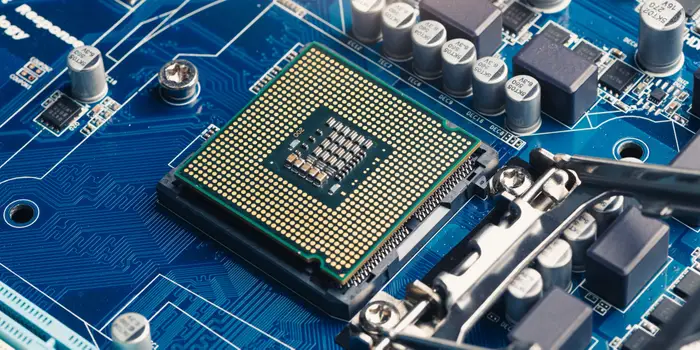
Types of CPUs and Processors
Different computing needs require different types of processors. Let's explore the main categories:
Desktop and Server CPUs (x86/x64)
These are the powerhouse processors found in desktop computers, laptops, and servers. They're designed for maximum performance and can handle intensive workloads.
Intel Processors: Intel's Core series (i3, i5, i7, i9) offers excellent performance across different price points. The i5 series, introduced in 2009, remains popular for its perfect balance of performance and compatibility with demanding applications.
AMD Processors: AMD's Ryzen series has been highly competitive since 2017. Ryzen 7 and Ryzen 9 processors are particularly favored by gamers and content creators for their exceptional multi-core performance.
ARM Processors
ARM processors prioritize energy efficiency over raw power, making them perfect for mobile devices, tablets, and increasingly, laptops. They generate less heat and consume significantly less power than traditional x86 processors.
Recent developments have seen ARM processors in devices like Apple's M1 and M2 MacBooks, proving that ARM can deliver impressive performance while maintaining excellent battery life.
Specialized Processors
Microcontrollers: These are tiny computers on a single chip, containing a CPU plus memory and programmable input/output capabilities. They're found in everything from smart home devices to automotive systems.
Choosing the Right Type
Your choice depends on your needs:
- High-performance computing: x86/x64 desktop processors
- Portable devices: ARM processors for better battery life
- IoT devices: Microcontrollers for specific functions
If you're interested in exploring IoT devices powered by these specialized processors, check out smart home products compatible with Alexa for practical examples.
The Evolution of CPU Technology
The journey from room-sized computers to pocket-sized smartphones is a testament to incredible engineering advancement.
The Vacuum Tube Era (1940s-1950s)
Early computers like ENIAC and UNIVAC used vacuum tubes for processing. ENIAC occupied 1,500 square feet, used over 17,000 vacuum tubes, and required special air conditioning due to the enormous heat generated. Despite its primitive CPU, ENIAC could process 5,000 equations per second - remarkable for its time.
UNIVAC, while smaller at 382 square feet, still weighed over 8 tons and required 125 kW of energy. However, it made history by accurately predicting the 1952 U.S. Presidential election, stunning the public with computer analysis capabilities.
The Transistor Revolution (1950s-1960s)
The breakthrough came in 1953 when Richard Grimsdale created the first completely transistor-based computer at the University of Manchester. This 48-bit machine used 92 transistors and 550 diodes, completely eliminating problematic vacuum tubes.
The real game-changer arrived in 1960 when Bell Laboratories' Mohamed Atalla and Dawon Kahng created the MOSFET (Metal-Oxide-Semiconductor Field-Effect Transistor). This invention became so universally adopted that it's celebrated as the "most widely manufactured device in history" by the Computer History Museum.
The Microprocessor Age (1970s-Present)
The miniaturization of CPUs led to the development of microprocessors - complete CPUs housed within single integrated circuit chips. This revolutionary step made personal computers possible and accessible to everyday users.
Modern Advancements
Today's processors incorporate:
- Nanotechnology: Transistors smaller than 5 nanometers
- AI acceleration: Specialized circuits for machine learning
- Power efficiency: Advanced power management for mobile devices
- Quantum computing research: The next frontier in processing technology
For those interested in diving deeper into the technical aspects of modern computing, How Computers Really Work: A Hands-On Guide to the Inner Workings of the Machine provides excellent insights into contemporary processor technology.
Advanced CPU Features
Modern CPUs incorporate sophisticated features that go far beyond basic computation:
Advanced Instruction Sets
Contemporary processors include specialized instruction sets designed to accelerate specific tasks:
SIMD (Single Instruction, Multiple Data): Allows processors to perform the same operation on multiple data points simultaneously, perfect for graphics rendering and scientific simulations.
AES (Advanced Encryption Standard): Hardware-accelerated encryption and decryption capabilities for improved security performance.
AVX (Advanced Vector Extensions): Enhanced instructions for multimedia tasks like video decoding, audio encoding, and image processing.
Virtualization Support
Modern CPUs include hardware-level virtualization features that allow multiple operating systems to run efficiently on a single machine. This is crucial for cloud computing, development environments, and security isolation.
AI and Machine Learning Acceleration
Recent processors incorporate specialized circuits for artificial intelligence workloads, including neural network operations and machine learning algorithms. These features are becoming increasingly important as AI applications become mainstream.
Power Management
Advanced power management features allow CPUs to:
- Dynamically adjust clock speeds based on workload
- Shut down unused cores to save energy
- Optimize performance per watt for better battery life
Memory Management
Modern CPUs include sophisticated memory management units that handle:
- Virtual memory allocation
- Memory protection and security
- Cache coherency in multi-core systems
These advanced features make modern processors incredibly versatile and efficient. For professionals working with demanding applications, understanding these capabilities helps in making informed decisions about hardware purchases, whether it's choosing the best Mac for video editing or other professional computing needs.
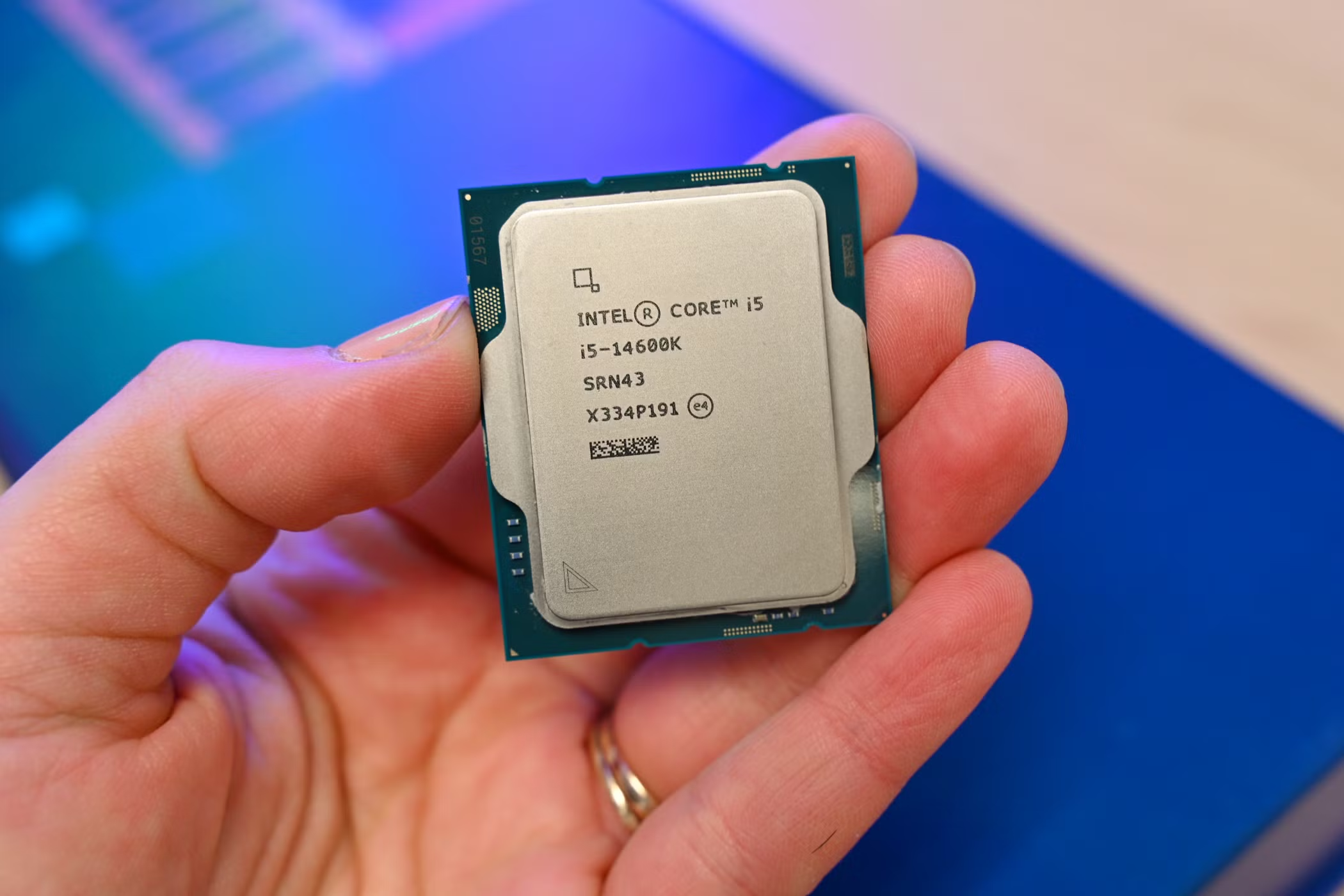
Choosing the Right CPU
Selecting the perfect CPU depends on understanding your specific needs and use cases. Here's how to make the right choice:
For Everyday Computing
If you primarily use your computer for web browsing, office applications, and media consumption, a mid-range processor like Intel's Core i5 or AMD's Ryzen 5 provides excellent performance without breaking the budget.
For Gaming
Gaming typically benefits from higher clock speeds and good single-core performance. Look for processors with:
- Clock speeds of 3.5 GHz or higher
- At least 6 cores for modern games
- Good thermal design for sustained performance
For Content Creation
Video editing, 3D rendering, and streaming benefit from processors with:
- High core counts (8+ cores)
- Large cache sizes
- Good multi-threading performance
- AMD's Ryzen 7 and 9 series excel in these scenarios
For Professional Workstations
Scientific computing, engineering simulations, and enterprise applications may require:
- Server-grade processors with many cores
- ECC memory support
- High memory bandwidth
- Intel Xeon or AMD EPYC processors
Budget Considerations
Remember to balance CPU performance with other components:
- A powerful CPU paired with insufficient RAM creates bottlenecks
- Consider the total system cost, including cooling solutions
- Future-proofing vs. immediate needs
For those setting up home offices, it's worth considering how CPU choice affects your overall workspace. Check out essential tech accessories for home office workers to complement your CPU selection with appropriate peripherals.
CPU vs GPU - What's the Difference?
Understanding the distinction between CPUs and GPUs helps explain why modern computers often use both:
CPU Characteristics
CPUs excel at:
- Complex decision-making tasks
- Sequential processing
- General-purpose computing
- Managing system resources
- Running operating systems and applications
CPU design philosophy: Few, very powerful cores optimized for low-latency processing and complex branching logic.
GPU Characteristics
Graphics Processing Units (GPUs) excel at:
- Parallel processing tasks
- Graphics rendering and image processing
- Mathematical computations on large datasets
- Machine learning and AI training
- Cryptocurrency mining
GPU design philosophy: Many smaller, simpler cores optimized for high-throughput parallel processing.
Modern Computing Approach
Today's systems use both processors collaboratively:
- CPU handles: System management, application logic, user interface
- GPU handles: Graphics rendering, parallel computations, AI acceleration
Integrated vs Discrete Graphics
Many CPUs now include integrated graphics capabilities, providing basic GPU functionality without a separate graphics card. This is sufficient for everyday tasks but serious gaming or professional graphics work still benefits from discrete GPUs.
For gamers interested in understanding how CPUs and GPUs work together, learning about graphics cards and GPU selection provides valuable complementary knowledge.
Frequently Asked Questions
What happens if my CPU overheats?
CPU overheating can cause system instability, crashes, or automatic shutdowns to prevent permanent damage. Modern processors have built-in thermal protection that reduces performance or shuts down when temperatures become dangerous. Proper cooling is essential for maintaining performance and longevity.
Can I upgrade my CPU?
CPU upgrades depend on your motherboard's socket compatibility. Desktop computers typically allow CPU upgrades within the same socket generation, while laptops usually have soldered CPUs that can't be upgraded. Always check compatibility before purchasing a new processor.
How long do CPUs typically last?
CPUs are extremely durable components that can last 10-15 years or more under normal operating conditions. They rarely fail completely but may become obsolete as software requirements advance. Most people replace CPUs due to performance needs rather than hardware failure.
What's the difference between 32-bit and 64-bit processors?
32-bit processors can handle 32 bits of data per instruction and address up to 4GB of RAM. 64-bit processors handle 64 bits per instruction and can address much larger amounts of memory (theoretically up to 18 billion GB). All modern CPUs are 64-bit capable.
Do more cores always mean better performance?
Not necessarily. Applications must be designed to use multiple cores effectively. Single-threaded applications only use one core regardless of how many are available. More cores help with multitasking and applications specifically optimized for parallel processing.
What's the relationship between CPU and RAM?
CPUs and RAM work closely together. The CPU processes instructions and data, while RAM provides fast temporary storage for active programs and data. Insufficient RAM can bottleneck even powerful CPUs, while too much RAM won't improve performance if the CPU is the limiting factor.
For those interested in understanding related storage concepts, reading about gigabytes and digital storage provides helpful context for CPU and memory relationships.
Conclusion
The CPU truly deserves its title as the "brain" of the computer. From the room-sized vacuum tube computers of the 1940s to today's incredibly powerful microprocessors that fit in your pocket, CPU technology represents one of humanity's greatest engineering achievements.
Understanding how CPUs work - from their basic fetch-decode-execute cycles to advanced features like multi-core processing and AI acceleration - gives you valuable insight into the technology that powers our digital world. Whether you're choosing a new computer, troubleshooting performance issues, or simply satisfying your curiosity about how computers work, this knowledge serves you well.
As we look toward the future, CPU technology continues evolving with developments in quantum computing, neuromorphic processors, and even more advanced AI acceleration. The fundamental principles remain the same, but the possibilities continue expanding.
Remember, the best CPU for you depends on your specific needs, budget, and use cases. Take time to understand your requirements, research your options, and don't hesitate to invest in quality components that will serve you well for years to come.
The next time you press a key, click a mouse, or launch an application, take a moment to appreciate the billions of calculations happening inside your CPU every single second. It's truly remarkable technology that we often take for granted in our daily digital lives.
Whether you're a student learning about computers, a professional making hardware decisions, or an enthusiast exploring the latest technology, understanding CPUs gives you a solid foundation for navigating our increasingly connected world. The brain of your computer is working tirelessly behind the scenes - now you know exactly what it's doing and why it matters so much.

